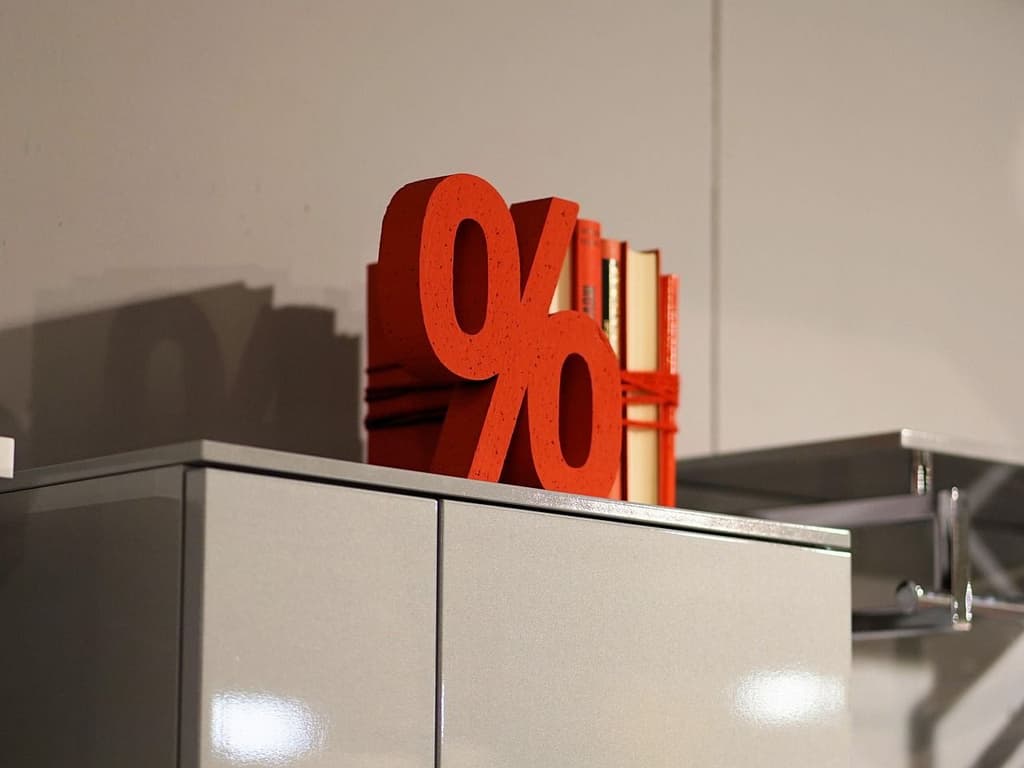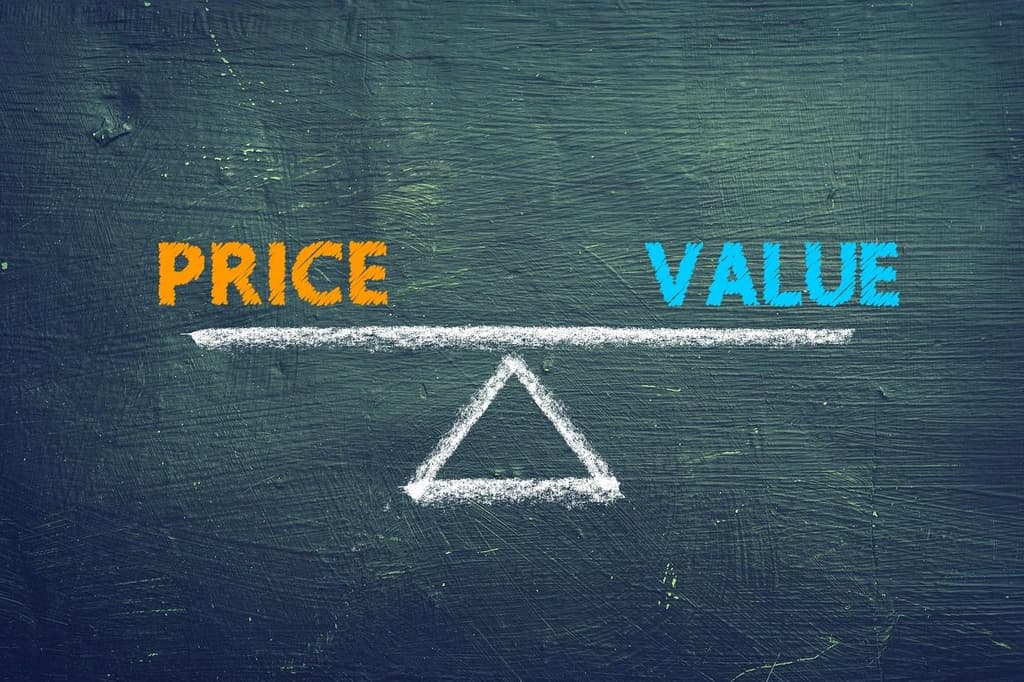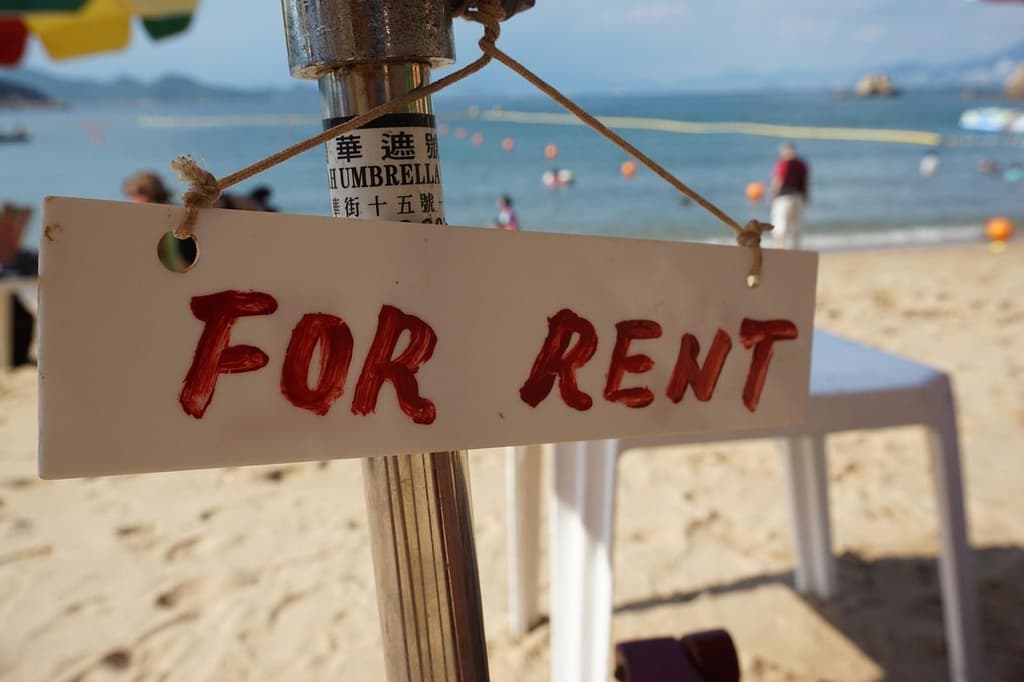Tuesday, February 11, 2025
Pricing smarts: boosting your property's success in 2025


Pricing strategies have transformed from simple guesswork into more of a sophisticated, data-driven science. Gone are the days when setting room rates was as easy as picking a number and sticking with it. Today, property owners and managers must juggle multiple responsibilities while staying competitive in their markets. One of the most critical factors for success is mastering your pricing strategy. With the right tools, insights, and approaches, you can not only fill rooms but also maximize the value of every booking. Let’s explore how to optimize your property’s pricing game in 2025.
Advanced yield management: the foundation of success
Yield management is the cornerstone of any successful pricing strategy. At its core, it’s about selling the right room to the right guest at the right time for the right price. While this concept may sound straightforward, implementing it effectively requires a blend of market knowledge, data analysis, and strategic planning.
In 2025, yield management has become smarter and more efficient thanks to AI-powered tools like TakeUp. These advanced tools provide real-time market insights and automate pricing adjustments based on demand, competitor activity, and other external factors. By leveraging these technologies, property managers can make informed decisions that maximize revenue while maintaining a competitive edge.
Core principles of yield management
1. Demand forecasting: Use historical data and market trends to predict guest behavior and adjust prices accordingly.
2. Dynamic pricing: Continuously update room rates based on real-time demand fluctuations.
3. Competitor analysis: Monitor competitors’ pricing strategies to identify opportunities for differentiation.
4. Inventory control: Strategically manage room availability to ensure optimal revenue generation.
5. Technology integration: Embrace AI tools that streamline processes and provide actionable insights.

Proven strategies for pricing success
To thrive in today’s competitive hospitality market, you need more than just a basic understanding of yield management—you need actionable strategies that deliver results. Here are five proven approaches to help you stay ahead:
1. Master seasonal pricing
Every property experiences fluctuations in demand based on seasons, holidays, and local events. To maximize revenue, it’s essential to set your base prices according to these patterns. For example:
- Charge premium rates during peak seasons when demand is high.
- Offer competitive rates during shoulder seasons to attract guests.
- Adjust weekday and weekend rates based on occupancy trends.
For property managers overseeing multiple locations, tools like TakeUp offer a bird’s-eye view of performance across properties, making it easier to implement consistent seasonal pricing strategies.

2. Leverage AI-powered insights
AI-powered tools are no longer optional—they’re essential for modern hoteliers. Platforms like TakeUp analyze vast amounts of data in real time, tracking market trends, competitor pricing, and booking behaviors. These insights allow you to:
- Identify optimal price points for different times of the year.
- Adjust rates dynamically based on demand surges or dips.
- Stay competitive without undercutting your value.
Think of these tools as your 24/7 market analyst—always working behind the scenes to ensure you’re pricing your rooms effectively.
3. Capitalize on local events
Local events such as concerts, festivals, or sports tournaments can significantly boost demand for accommodations. By staying informed about upcoming events in your area, you can adjust your rates strategically:
- Increase prices during high-demand periods tied to popular events.
- Create event-specific packages that appeal to attendees (e.g., “Concert Weekend Getaway”).
Even during traditionally slow periods, local events can present opportunities to attract guests and increase revenue.

4. Maximize peak periods
If your property consistently achieves full occupancy during peak times (e.g., holidays or major events), it may be time to reassess your pricing strategy. Many properties leave money on the table by not charging enough during high-demand periods. Consider:
- Raising base rates if rooms are consistently booked weeks in advance.
- Implementing automatic rate increases once a certain percentage of rooms are booked (e.g., 50% occupancy triggers a $50 rate hike).
Being bold with your pricing during peak periods can significantly improve your bottom line without deterring guests.
5. Add value during slow seasons
During low-demand periods, slashing prices isn’t always the best solution—it can devalue your brand and hurt profitability. Instead:
- Offer value-added packages (e.g., free breakfast or late checkout) to entice bookings.
- Promote unique experiences that differentiate your property (e.g., spa treatments or guided tours).
- Focus on creating memorable stays that encourage repeat visits and positive reviews.
Real-world success story
Consider the Devonfield Inn, a 15-room bed and breakfast in the Berkshire Mountains of Massachusetts. Doug Bagnasco and his partner, Jim, have built a thriving business by focusing on guest experience and embracing technology.
Before implementing ThinkReservations, the previous owner relied on a manual system, making it difficult to trust the financial data. Doug explains, "I really couldn't have any faith or belief in any of the numbers prior to ThinkReservations coming on." The detailed reporting and efficient booking engine provided by ThinkReservations gave Doug the confidence to move forward with purchasing the property.
Since taking over, Doug and Jim have streamlined operations and boosted revenue using Think Reservations. According to Doug, the system helps them "book more reservations, increase our rates, so we have a better ADR, higher occupancy, and we don't have to do the work." He also highlights the importance of great online reviews, noting how many guests specifically mention positive reviews as a key factor in their booking decision.
The integration of AI for rate management has also been a game-changer for Devonfield Inn. As Doug mentions, this has allowed him to focus more on operational aspects, confident that the AI is making informed and effective pricing decisions.
This approach has not only improved guest satisfaction but also contributed to the inn's financial success. As Doug happily reports, "2024 has been fantastic for us because we actually have seen, um, An increase since then. So we're actually, um, having our best year ever. And, uh, we feel very blessed." He attributes part of this success to leveraging technology and specifically highlights AI-driven rate management.
Staying ahead with market monitoring
Understanding your market is crucial for staying competitive in 2025. AI-powered tools like TakeUp make it easy to monitor competitor pricing and market trends in real time. However, even without advanced technology, regular competitor analysis can provide valuable insights:
- Identify gaps in the market where you can differentiate your property.
- Highlight unique selling points (USPs) that set you apart from competitors.
- Avoid price wars by focusing on value rather than undercutting rates.
Remember, effective pricing isn’t just about matching competitors—it’s about showcasing what makes your property special.
Tools that empower hoteliers
Platforms like ThinkReservations offer powerful features designed specifically for hoteliers:
- The Booking Pace Report helps predict future booking trends and profitability.
- Integration with AI tools streamlines operations and enhances decision-making.
These tools are especially valuable for newcomers navigating the complexities of yield management.
Continuous learning: a must for success
The hospitality industry never stands still—and neither should you. Staying informed about emerging trends and technologies is essential for long-term success. Webinars like those hosted by ThinkReservations provide valuable opportunities to learn advanced yield management strategies from industry experts.
By adopting these strategies and leveraging cutting-edge technology, you can elevate your property’s performance in 2025 and beyond.
Final thoughts
Mastering pricing isn’t just about filling rooms—it’s about maximizing revenue while delivering exceptional guest experiences. Whether you’re a seasoned pro or new to hospitality management, embracing dynamic pricing strategies will position your property for long-term success in an increasingly competitive market.